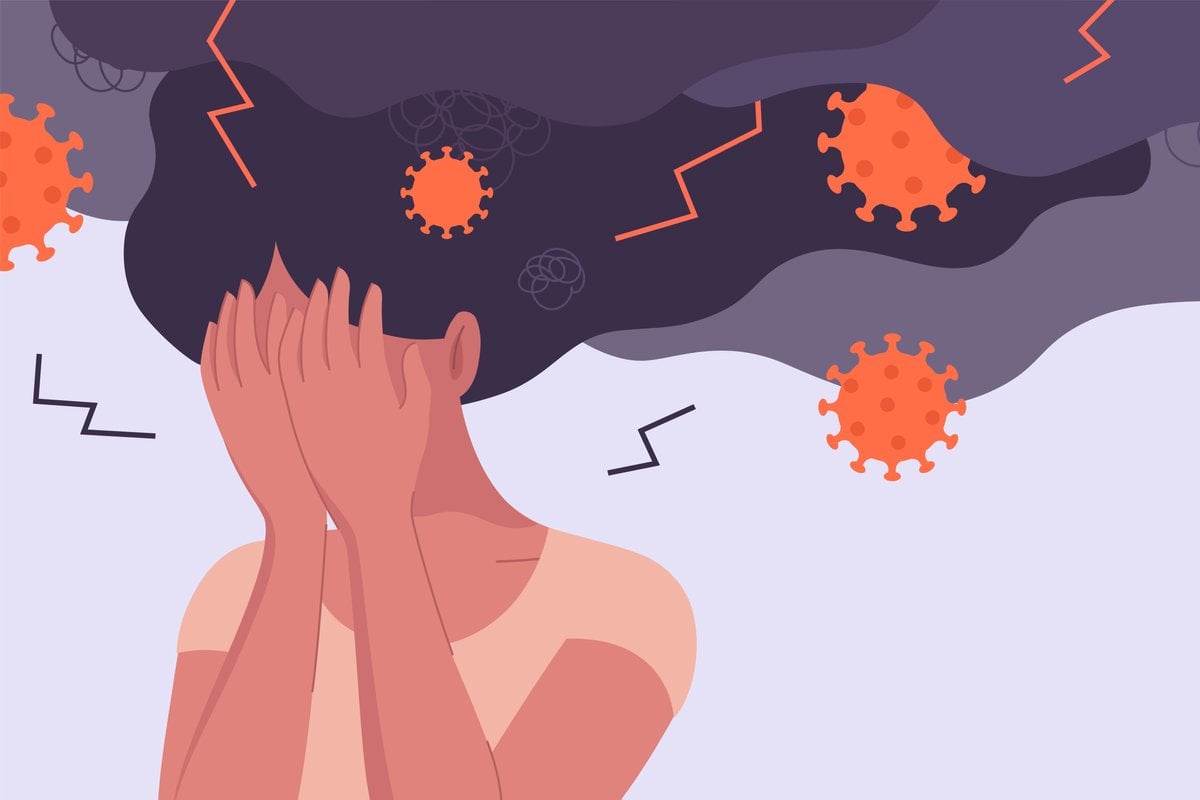
We're two and a half years into the pandemic. And with more sub-variants hitting Australia, and the reinfection rate picking up rapidly, our focus has once again shifted to the disease, and the chronic aftermath shrouded in mystery: long COVID.
For some time, long COVID has been portrayed by health officials and the media simply as a 'long flu', but as we start to learn more about the disease and this debilitating condition, we're beginning to see that it's not as rare as we once thought.
Watch: The signs to use when talking about COVID. Post continues below.
Studies estimate that between 10 and 20 per cent of Australians infected with COVID-19 will go on to suffer from long COVID - an often life-altering condition that persists for prolonged periods of time following a COVID diagnosis.
In fact, researchers are now saying that the public have not been fully informed about the long-term effects of COVID, with existing sufferers calling for more awareness around the condition.
Here, we look at exactly what you need to know about long COVID - straight from the experts.
1. What is long COVID?
While there is currently no universal definition of what long COVID is, it's basically used as a blanket term to describe people still struggling with symptoms after their initial contraction of COVID-19. And the severity of long COVID ranges.




























































































